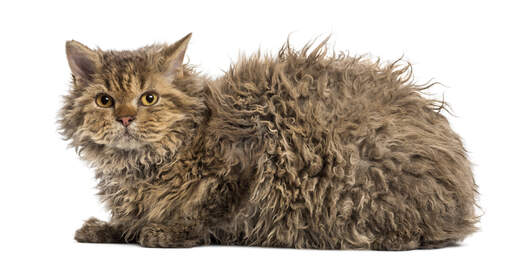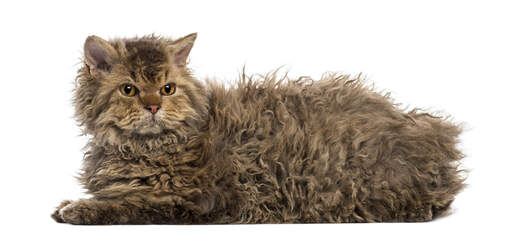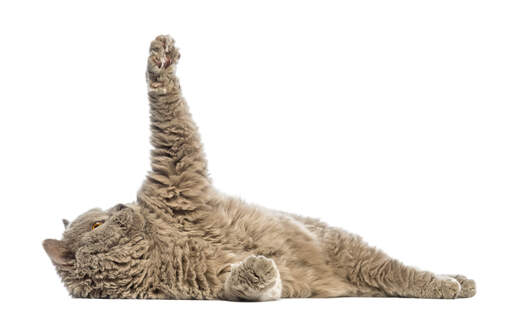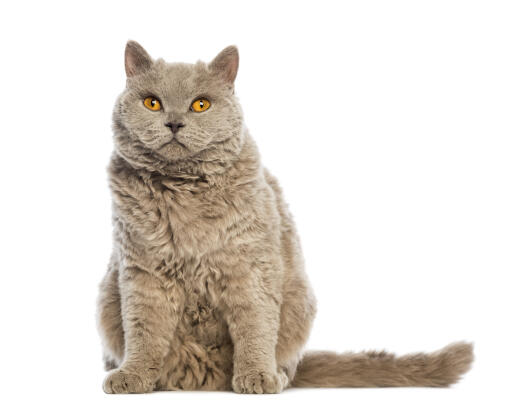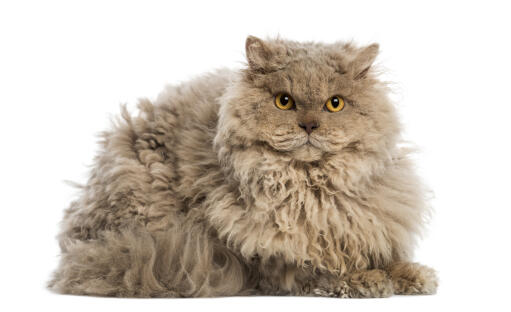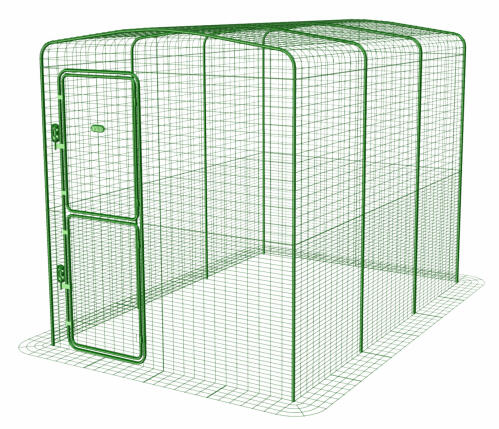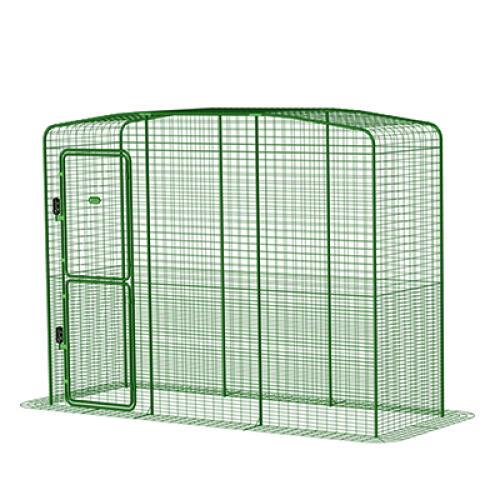Selkirk Rex





Geschichte
The Selkirk Rex was born in Montana in 1987. A feral white and blue tortie cat had a litter which included one odd looking kitten. Jeri Newman a persian Breeder noticed the kitten and took her home at 9 weeks. This kitten had curly whiskers, brillo hair in her ears and she had a wavy coat. At this point Newman realised she had found a cat that had the random genetic mutation which caused curly hair. She then bred this new female- which she had named ‘Miss DePesto’- with her black male Persian.Out of the six kittens in the litter three of them had curly wavy hair proving that the gene for wavy hair was dominant unlike the gene that causes wavy hair in the Cornish and Devon Rex.
A breeding programme was set up in 1990 to develop the Selkirk Rex. American Shorthairs, Persians, Himalayans, Exotics, and British Shorthairs have been used as outcrosses to develop this breed. By 1994 the breed had been accepted for championship status by The International Cat Association. The Cat Fanciers Association accepted the new breed in 2000.
Verhalten
The Selkirk Rex has a wonderful temperament that reflects many of the breeds that were used in its development. This breed has inherited the laidback personality of the British Shorthair. They are very patient and calm which is a useful quality as many people can’t help but scoop this cat up to feel the wonderful coat. The exotic shorthair has given this breed a playfulness making them a great cat for children. The Persian in the breed accounts for the affection that Selkirk Rex can give to its owners.
Varietäten
All self colours, shades and patterns. Longhair and shorthair varieties.
Einzelheiten zur Rasse
- Status: Common
- Herkunft: USA
- Ungefährer Entstehungszeitraum: 1980s
- Haarlänge: Kurzhaarig
- Aktivitätsgrad: Größe M
- Vokalität: Niedrig
- Child friendly: Kinderfreundlich
- Intelligenz:
- Verspieltheit: Relaxed
- Pflegeanforderungen: Einmal pro Woche
- Produktgewicht: 3.0 - 5.0kg
- Version: Größe M
- Hauskatze oder Freiläufer: Outdoor Cat
- Verträglichkeit mit anderen Haustieren:
- Soziale Bedürfnisse:
Fotos der Rasse


